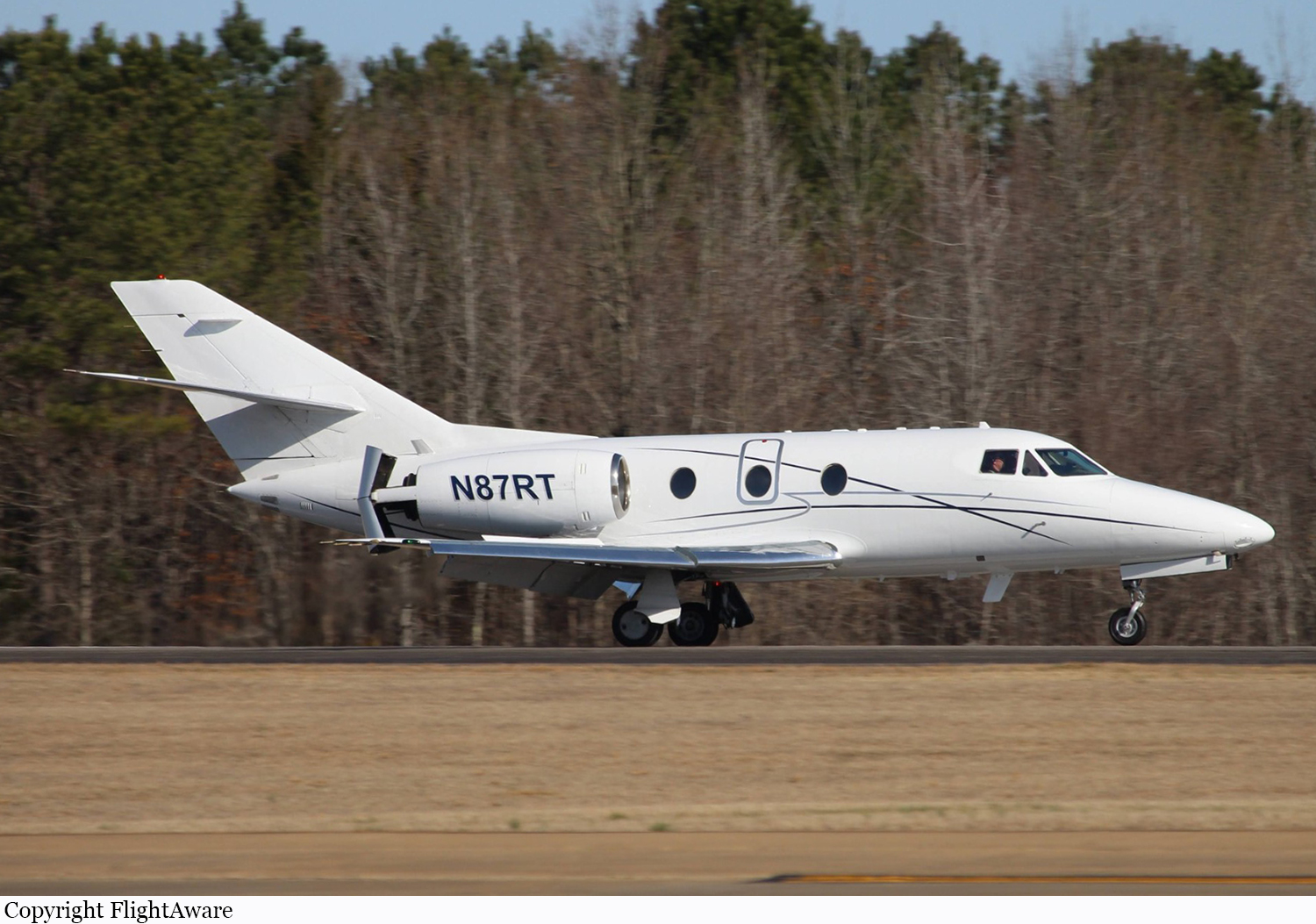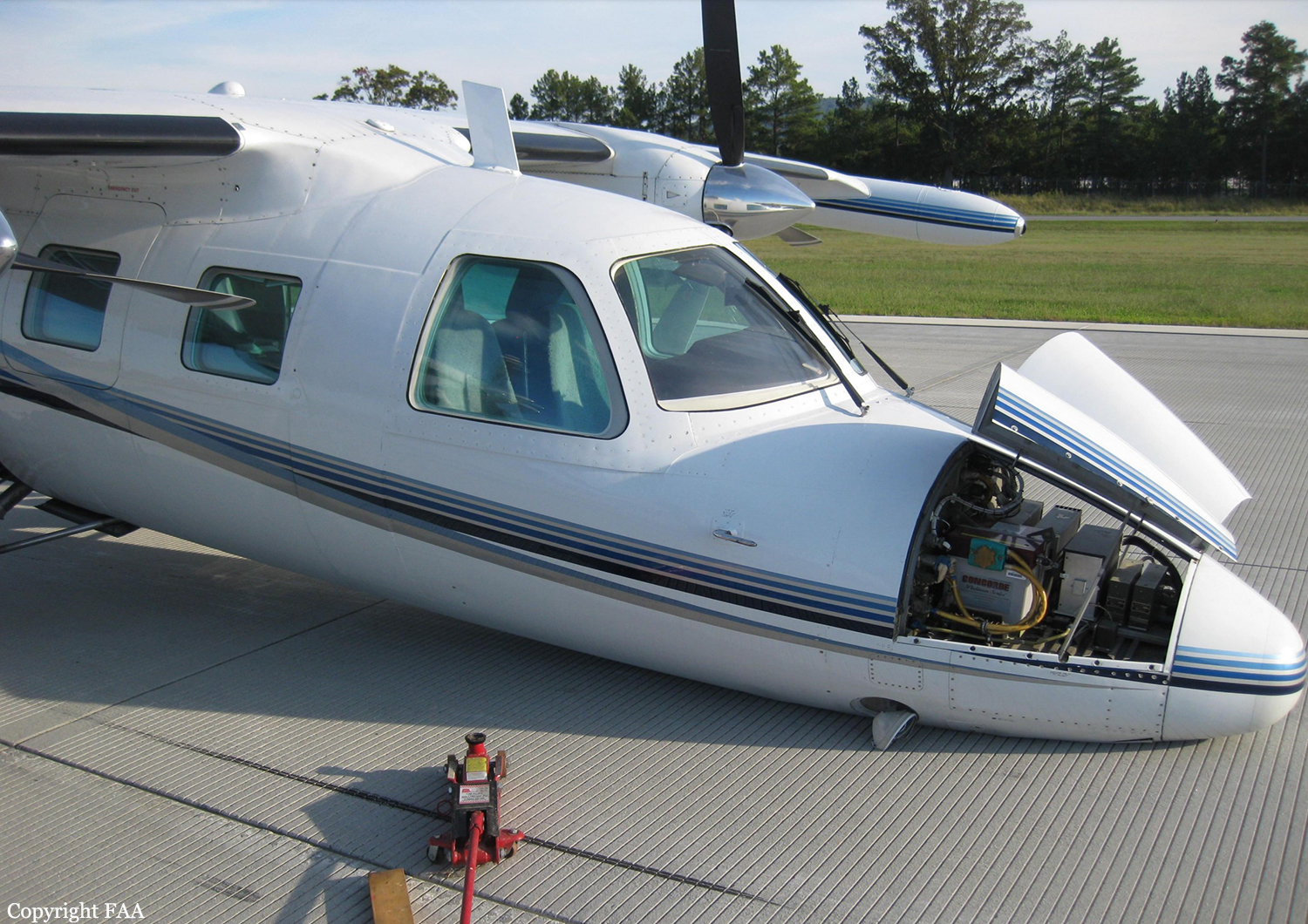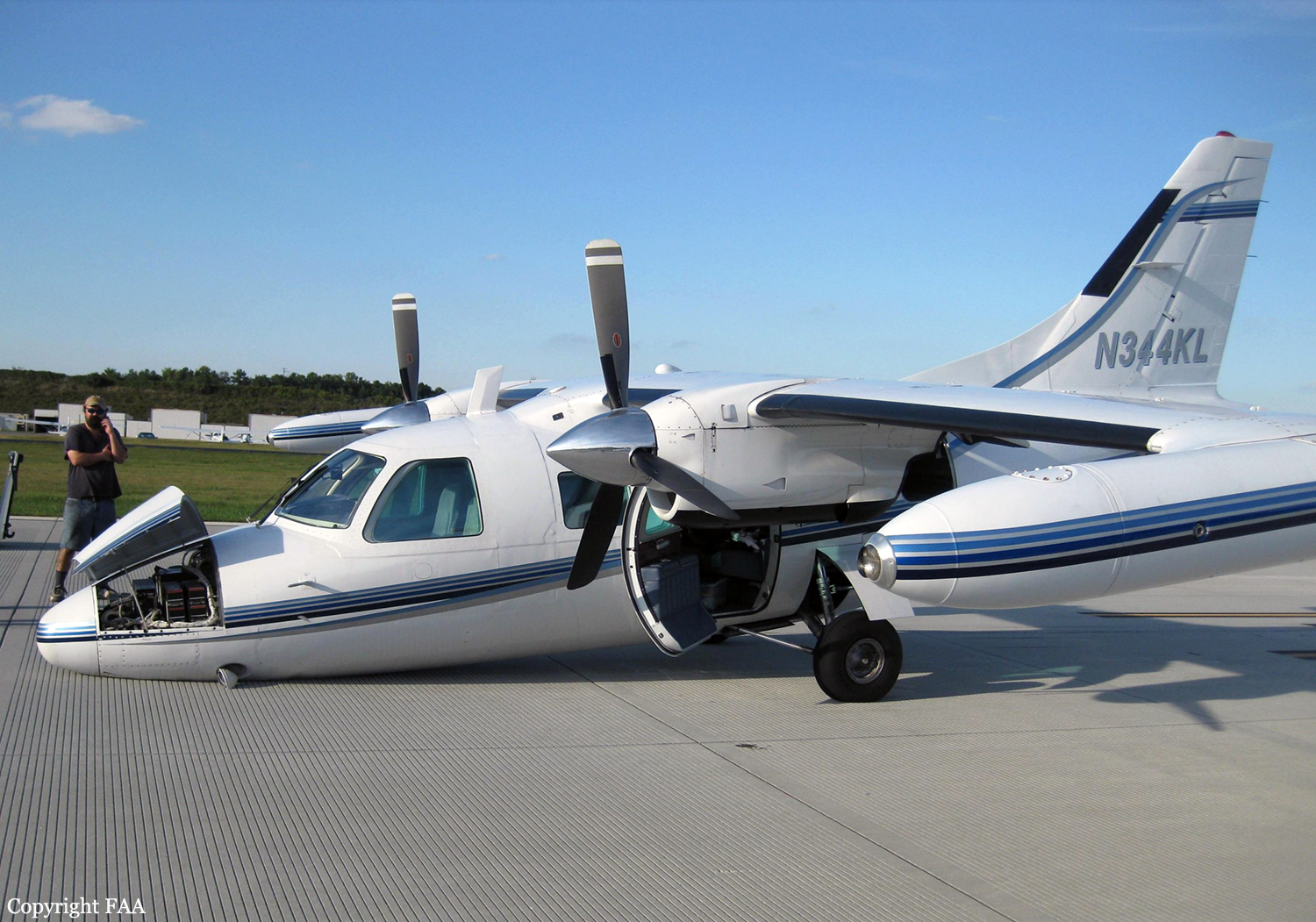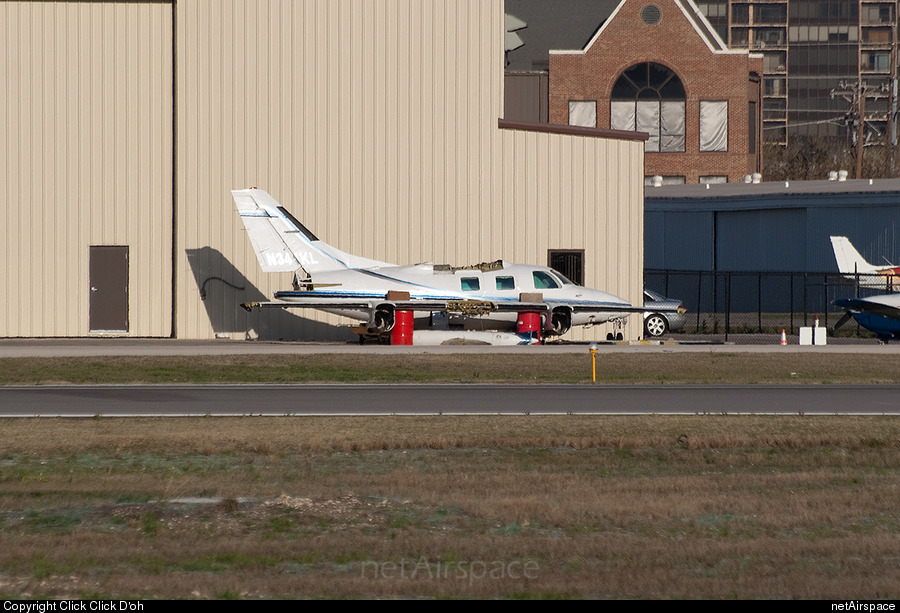Crash of a Dassault Falcon 10 in Panama City
Date & Time:
Jun 6, 2023 at 2017 LT
Registration:
N87RT
Survivors:
Yes
Schedule:
Cobb County – Panama City
MSN:
106
YOM:
1977
Crew on board:
2
Crew fatalities:
Pax on board:
3
Pax fatalities:
Other fatalities:
Total fatalities:
0
Circumstances:
The airplane was substantially damaged when it was involved in an accident near Panama City, Florida. The pilot, copilot and three passengers were not injured. The airplane was operated as a Title 14 Code of Federal Regulations Part 91 personal flight. The flight departed Cobb County International Airport – McCollum Field (RYY), Atlanta, Georgia about 1932 destined for Northwest Florida Beaches International Airport (ECP), Panama City, Florida. According to the pilot, all the airplane’s systems (steering, engines, electrics, hydraulics, and avionics), worked normally for taxi and takeoff, and the enroute portion of the flight which was operated at FL220 (22,000 ft) was uneventful. The pilot set up for a straight-in ILS 16 Approach to ECP in the night visual meteorological conditions. The landing gear and wing flaps extended normally, and the hydraulic pressures and quantities were normal. The airplane touched down 2,500 ft from the approach end of the runway. The pilot then extended the airbrakes (speed brakes) and placed both engines into reverse idle; however, the reversers never deployed, and the system disagree horn annunciated. The pilot applied normal brakes and felt no deceleration. He verbalized on the interphone “no brakes” and the copilot immediately tried his brakes with no effect. The pilot then pulled the emergency brake handle to the first notch, with no effect, followed by the second stop (full emergency brakes), with the same result. The pilot tried recycling the brakes and reversers, again with no effect. He elected not to abort the landing at that point because he was unsure of the position the reversers (deployed or stowed) and the airplane was approaching the end of the 10,000-foot-long runway. The pilot Page 2 of 3 ERA23LA261 This information is preliminary and subject to change. then tried to shutdown both engines with the throttles but was unable because the reverser piggyback handles were still up. The pilot did not consider telling the copilot to pull the fire handles (another means of shutting down the engines) because the airplane was exiting the prepared surface of the runway and he was distracted by approaching obstacles. The pilot used the rudder to maneuver the airplane between two runway 34 approach lighting support poles. The airplane’s wings struck the poles, driving them across the inboard portion of the wings and into both engines inlets. The airplane bounced over a mound in the grass and then traveled into deep, soft sand where the gear collapsed, bringing the airplane to a stop.





